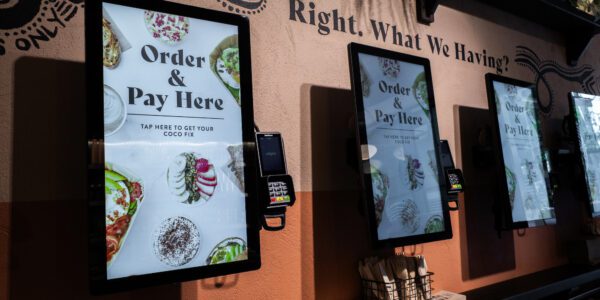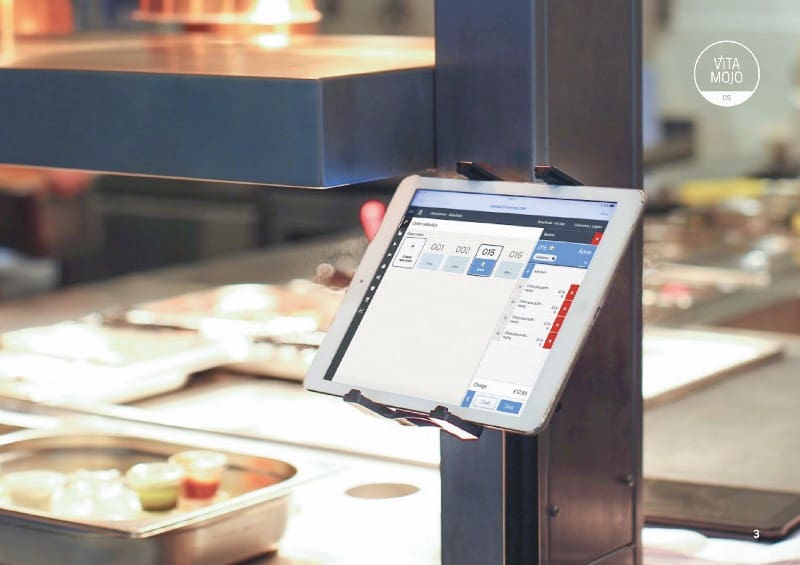7 incredible benefits of using self service kiosks in your restaurant
Self serve kiosks aren’t just for McDonalds any more. Discover the financial and operational benefits of kiosks and why they might be right for your restaurant.

As people grow more accustomed to the convenience of mobile and completing tasks via a touchscreen, the world of food service must adapt to keep up. It’s time to bring some of those benefits of digital to your menus and your restaurant business. Do you struggle to see what the benefits really are? Maybe you already have a website where customers can order for delivery or click-and-collect, but you’re not sure about bringing digital into your stores too? Or perhaps you’re still struggling to let go of paper?
Let’s demystify digital menus with 5 ways they add value to your restaurant.
Looking through a paper menu isn’t always the simplest process. Even when well designed, they can take a while for customers to read through, and it’s tricky to make all the ordering options clear. An interactive digital menu interface guides customers through the experience with clarity and ease, and including images helps them order with confidence and speed. Save your customers’ time and help them find the perfect meal choice every time.

With allergies, lifestyle diets and ethics-based food choices on the rise it’s more important than ever for restaurants to offer menu transparency. Fitting clear allergen and nutritional info onto a paper menu can be nigh-on impossible. A digital menu lets you display all the info you need clearly, with large, unambiguous allergen labels and diet-filtered searching. You can even provide calorie and macro-nutrient info if appropriate (although sometimes customers might not want to know!). Save your staff ever needing to dust off the ingredients booklet, and avoid allergy incidents for good.

Sick of reprinting your menu every time anything changes? With digital ordering this no longer needs to be a problem! A joined-up digital system lets your kitchen update menu items easily, adding new items, recipe changes or temporarily removing out of stock items. A digital menu also lets you spotlight new additions or special offers within the ordering experience, helping you make the most of these opportunities.
A customer may have made hundreds of visits to your restaurant before, or this may be their first: when they order with a paper menu, you can’t know. Digital ordering lets customers log in, so you can keep track of their order habits and really get to know them. If they are vegan, you can stop showing them chicken, or if they love burgers then you can recommend your latest new addition. Gather the data you need to better meet customer needs, remember their favourites and offer smart, AI-driven recommendations.

With rising labour costs, heated competition for footfall and increasingly varied dietary needs, the challenges of running a restaurant are only growing. Getting ahead of the digital innovation curve will future-proof your business to weather the storms of the ever-unpredictable hospitality industry. Partner with Vita Mojo and we can work with you to develop a robust digital strategy, finding how to best unlock these benefits and more. Our award-winning software and expertise will equip your business to truly make the most of digital.
Self serve kiosks aren’t just for McDonalds any more. Discover the financial and operational benefits of kiosks and why they might be right for your restaurant.

Learn the benefits of centralising your hospitality data, and how easy-to-read, real-time reports will help you scale your business.

Innovating Hospitality: Lessons from the Retail Sector
